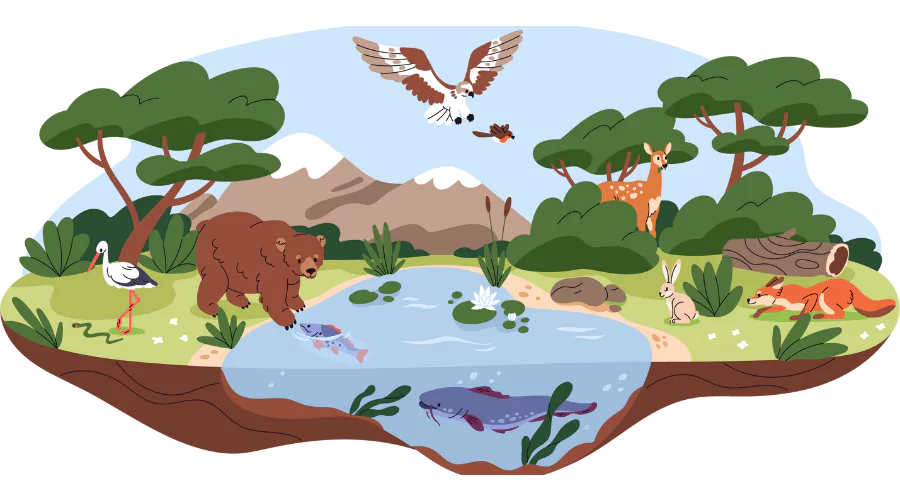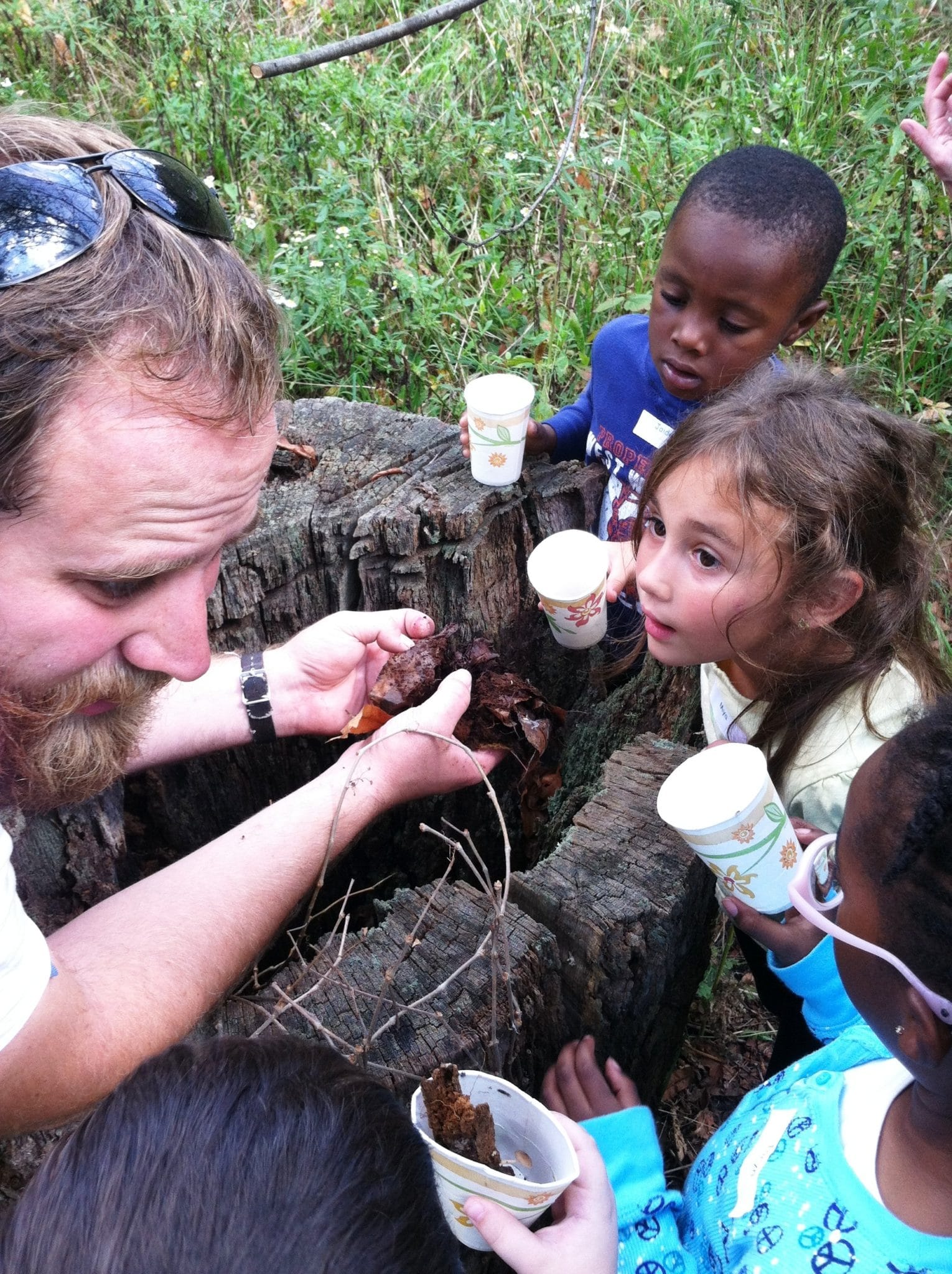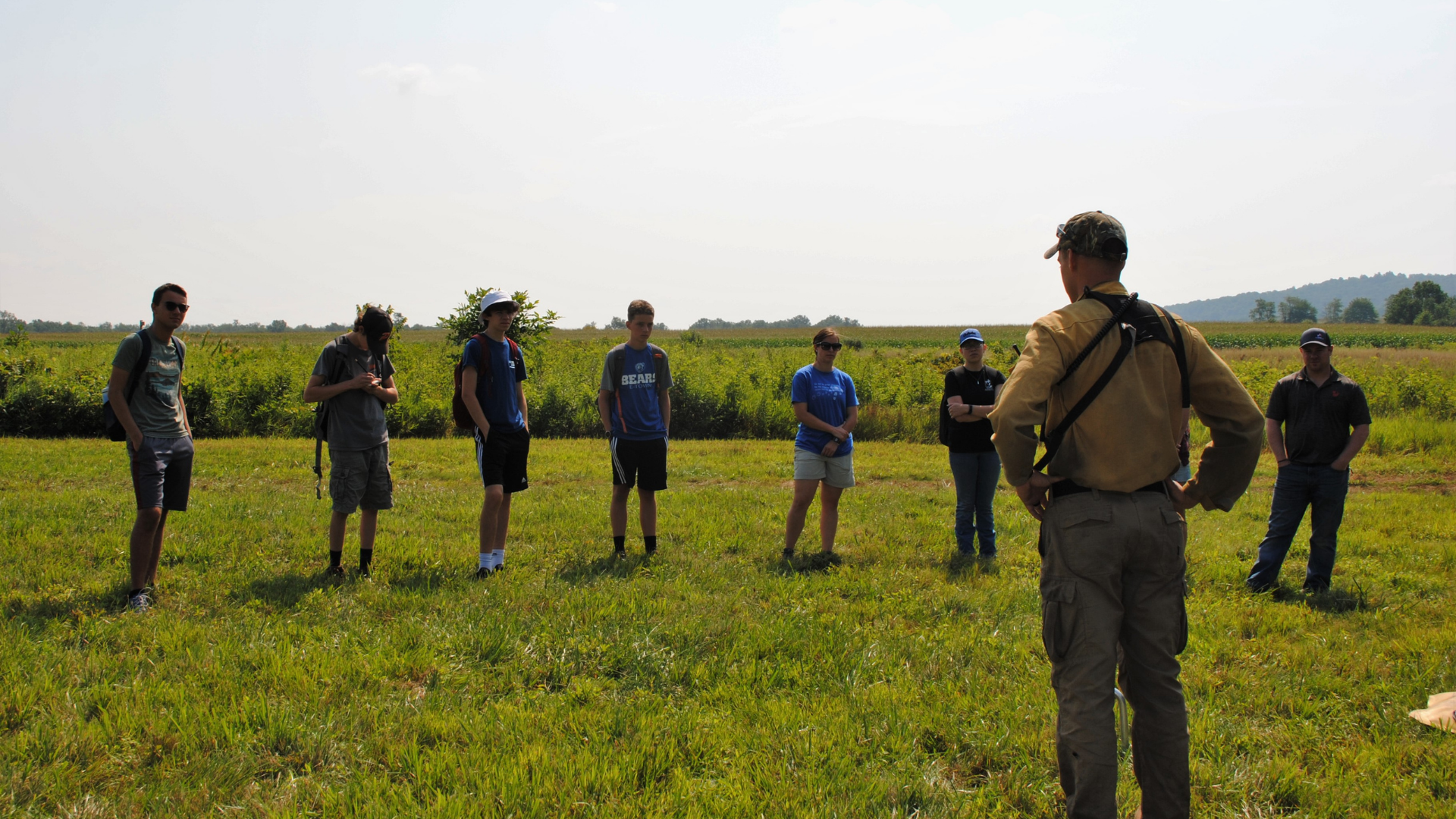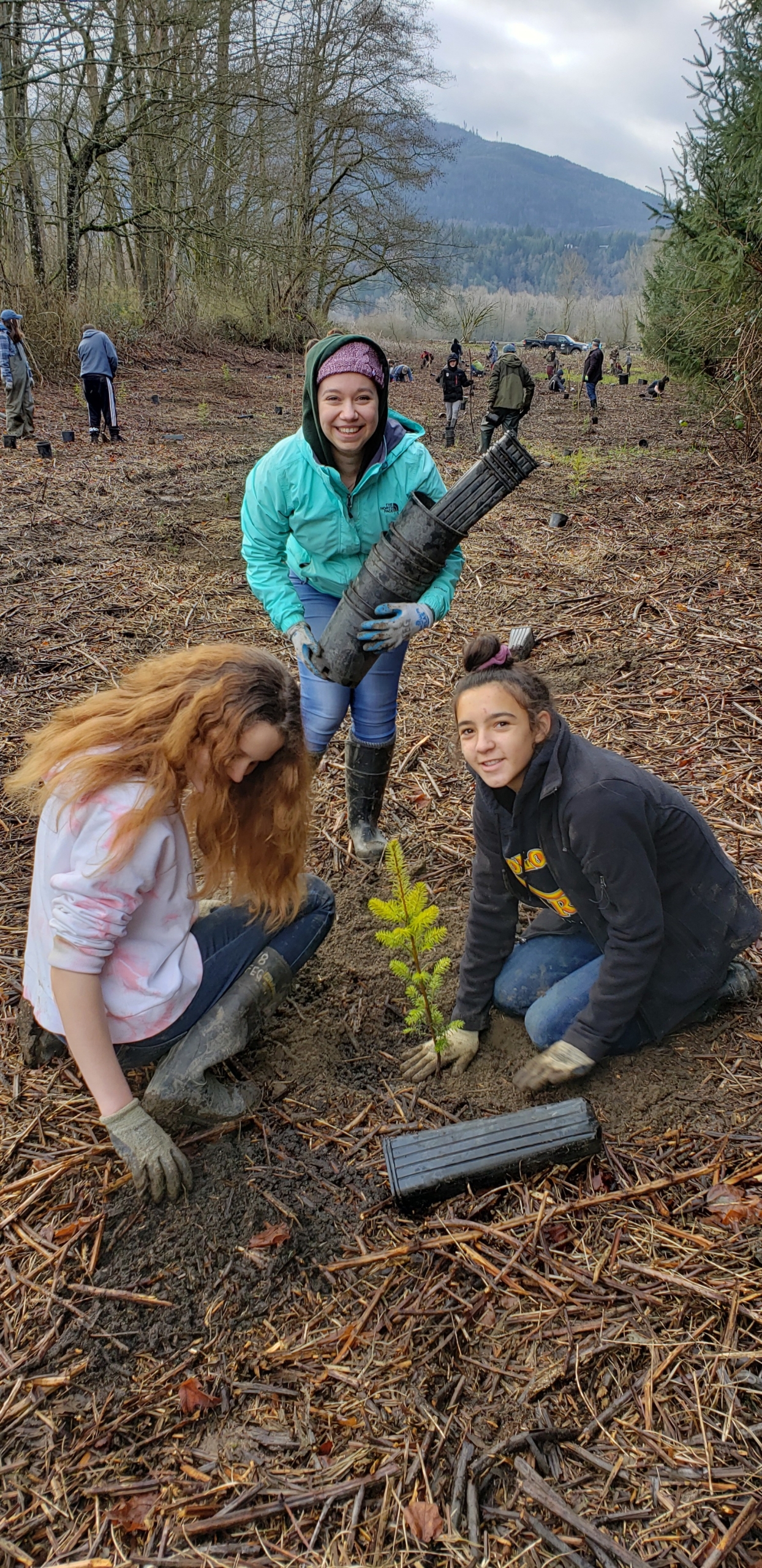The world is facing an unprecedented environmental crisis. Habitat loss and degradation are among the leading threats to biodiversity, with devastating consequences for both wildlife and humans. To address this crisis, it is imperative to empower future generations with the knowledge and skills to protect and conserve our natural ecosystems. Habitat conservation education programs play a vital role in this endeavor by fostering environmental stewardship among youth and creating a foundation for sustainable practices.
I. Understanding the Importance of Habitat Conservation
Habitats provide essential resources for wildlife, including food, water, shelter, and breeding grounds. When habitats are lost or degraded, species populations decline, leading to a loss of biodiversity and ecosystem services. These services, such as water purification, air filtration, and pollination, are critical for the well-being of both wildlife and humans. Therefore, conserving habitats is crucial for maintaining the balance and health of our planet.
A. The Impact of Habitat Loss and Degradation on Biodiversity
According to the World Wildlife Fund, since 1970, the global population of vertebrate species has declined by an average of 60%. This decrease is largely due to habitat loss and degradation caused by human activities such as deforestation, urbanization, and agriculture. Animals that rely on specific habitats, such as coral reefs or wetlands, are especially vulnerable as these habitats face increasing pressure from human development.
Habitat loss and degradation also have a cascading effect on other species. For example, when a predator’s habitat is destroyed, its prey may become overabundant, leading to imbalances in the ecosystem. Moreover, species that are dependent on certain habitats for breeding or migration are at risk of decline or extinction due to habitat destruction.
B. The Consequences of Habitat Loss and Degradation for Humans
The impacts of habitat loss and degradation are not limited to wildlife. Humans also rely on healthy ecosystems for essential services such as clean air and water, food sources, and climate regulation. When habitats are destroyed or degraded, these services are compromised, leading to negative consequences for human health and well-being.
For example, forests play a crucial role in regulating the earth’s climate by absorbing carbon dioxide from the atmosphere. However, deforestation and habitat loss in these areas contribute to increased levels of greenhouse gases, which contribute to climate change. This not only affects the health of the planet but also has economic implications for communities that rely on these services, such as agriculture and tourism.
II. The Role of Education in Habitat Conservation

Education is a powerful tool for promoting conservation. By teaching youth about the importance of habitats and the consequences of their degradation, we can inspire them to become active stewards of the environment. Habitat conservation education programs aim to develop the knowledge, skills, and attitudes necessary to make informed decisions about land use and environmental practices.
A. Fostering Environmental Stewardship Among Youth
Habitat conservation education programs focus on instilling a sense of responsibility and ownership in young people towards their natural surroundings. By teaching them about the impacts of human activities on habitats and the importance of preserving these ecosystems, we can encourage them to take action to protect their environment. This sense of stewardship can then be passed down to future generations, creating a domino effect of positive conservation practices.
Moreover, by involving youth in hands-on activities such as habitat restoration projects, these programs allow them to see the tangible results of their efforts and understand the value of conservation firsthand. This can further motivate them to continue their efforts and spread awareness among their peers.
B. Creating a Foundation for Sustainable Practices
Habitat conservation education programs also aim to equip youth with the knowledge and skills necessary to make sustainable choices in their daily lives. By teaching them about concepts such as biodiversity, ecosystem services, and sustainability, these programs provide a foundation for understanding the interconnectedness of our planet’s systems. This understanding can then lead to informed decision-making and behavior changes that promote conservation and sustainable practices.
Moreover, by involving youth in conservation projects at an early age, they can develop practical skills such as gardening, composting, and water conservation, which can be applied in their communities and homes. These programs also encourage critical thinking and problem-solving, empowering youth to come up with creative solutions to environmental challenges.
C. Supporting Conservation Efforts
Habitat conservation education programs not only educate youth but also support broader conservation efforts. By working with local organizations, government agencies, and community members, these programs can help identify areas in need of conservation, promote sustainable land use practices, and engage volunteers in restoration projects. This collaborative approach allows for a more comprehensive and effective conservation strategy, with youth playing a significant role in the process.
III. Examples of Successful Habitat Conservation Education Programs

The success of habitat conservation education programs can be seen through various initiatives around the world. These programs vary in their approaches, target audience, and outcomes, but all share the common goal of promoting environmental stewardship and conservation. Here are three examples of successful habitat conservation education programs:
A. The Jane Goodall Institute’s Roots Shoots
Roots Shoots is a global youth-led program initiated by renowned primatologist Dr. Jane Goodall. The program aims to empower young people to take action in their communities to protect the environment, animals, and people. Through hands-on activities, conferences, and campaigns, Roots Shoots equips youth with the skills and knowledge necessary to address critical conservation issues, including habitat loss and degradation.
Roots Shoots has reached over 150,000 groups in over 50 countries since its inception in 1991. Its impact can be seen in various conservation projects led by youth, such as tree planting, community clean-ups, and wildlife protection. This program has inspired countless young people to become active environmental stewards and make a positive impact in their communities.
B. The National Audubon Society’s Audubon Adventures
Audubon Adventures is an educational program designed for students in grades 3-6, with the aim of fostering a love for birds and nature. Through activity-based learning materials, this program educates children about the importance of conservation and encourages hands-on experiences in the outdoors. Topics covered include bird behavior, habitat conservation, and climate change.
Since its launch in 1983, Audubon Adventures has reached over 10 million students and continues to inspire future generations to care for the environment and its inhabitants. This program has also contributed to the conservation of hundreds of acres of critical bird habitats through funding from its educational materials.
C. The Earthwatch Institute’s Student Expeditions
Earthwatch Institute’s Student Expeditions offer high school students the opportunity to participate in scientific research projects alongside scientists in the field. These expeditions cover a range of topics, including biodiversity, climate change, and marine conservation. By actively engaging students in scientific research, these programs aim to spark curiosity, develop critical thinking skills, and inspire a deeper connection to the natural world.
Since 1971, Earthwatch Institute has engaged over 100,000 students in its expeditions, creating a network of young environmental leaders who are passionate about conservation and equipped with the skills to make a difference in the world. Many alumni of these programs have gone on to pursue careers in environmental science, making a significant impact in their respective fields.
IV. The Future of Habitat Conservation Education Programs

As the need for conservation becomes more pressing, the role of education in promoting environmental stewardship will continue to grow. However, there are several challenges that need to be addressed for these programs to reach their full potential.
A. Funding and Resources
One of the most significant challenges facing habitat conservation education programs is funding and resources. Many of these programs rely on donations, grants, and volunteers to sustain their operations, which can be unstable and limited. This limits their ability to reach a broader audience and have a lasting impact.
To address this challenge, there needs to be more investment from governments and organizations in supporting these programs. Additionally, collaborations between different stakeholders, such as NGOs, businesses, and schools, can provide a more sustainable and diversified source of funding and resources for these initiatives.
B. Inclusivity and Accessibility
Another crucial aspect that needs to be addressed in habitat conservation education programs is inclusivity and accessibility. These programs should be accessible to all youth, regardless of their socioeconomic background or geographic location. Unfortunately, many programs are concentrated in urban areas or require expensive equipment and transportation, making it challenging for underprivileged youth to participate.
To promote inclusivity and accessibility, these programs should be tailored to cater to different audiences and be available in various formats, such as online modules or community-based workshops. Collaborations with local organizations and schools can also help reach a more diverse audience and make these programs more accessible.
C. Incorporating Indigenous Knowledge
Indigenous communities have a deep understanding of their local ecosystems and have been practicing sustainable land use and conservation for generations. However, their knowledge and practices are often overlooked in mainstream conservation efforts. Habitat conservation education programs can bridge this gap by incorporating indigenous knowledge into their curriculum and involving indigenous communities in conservation projects.
This not only provides a more comprehensive approach to conservation but also promotes cultural awareness and understanding among youth. It also allows for the sharing of traditional knowledge and practices, which can contribute to more sustainable and effective conservation strategies.
V. Conclusion

Habitat conservation education programs play a crucial role in promoting environmental stewardship among youth and creating a foundation for sustainable practices. By teaching about the importance of habitats and the consequences of their loss or degradation, these programs can inspire young people to become active environmental stewards and make a positive impact in their communities.
Through collaborations, innovative approaches, and inclusive initiatives, these programs have the potential to create a generation of environmentally conscious individuals who are equipped with the knowledge and skills to address the current environmental crisis. It is imperative that we continue to support and invest in habitat conservation education programs to unlock the power of conservation and secure a sustainable future for our planet.
wfriv.xyz